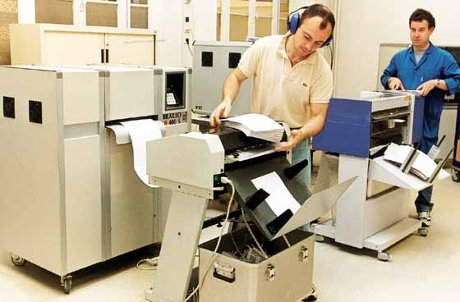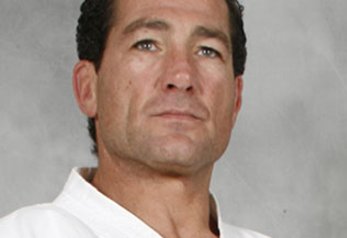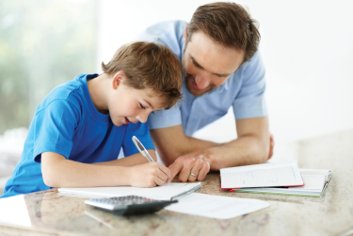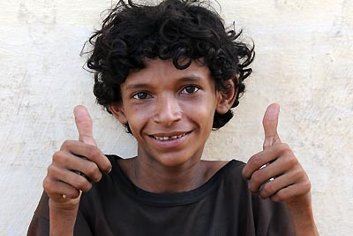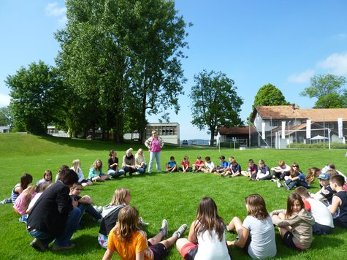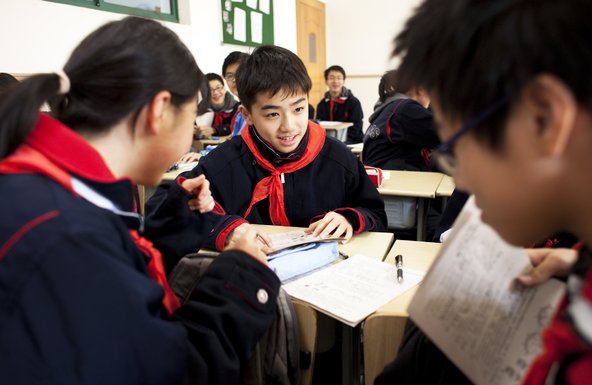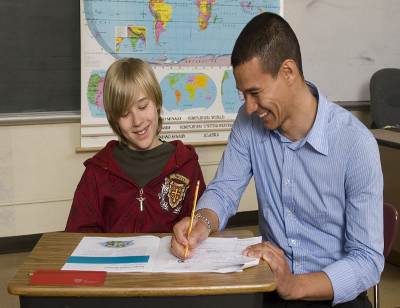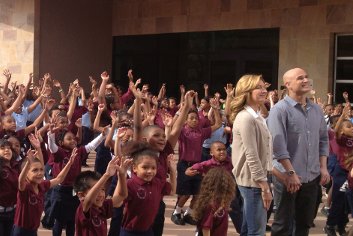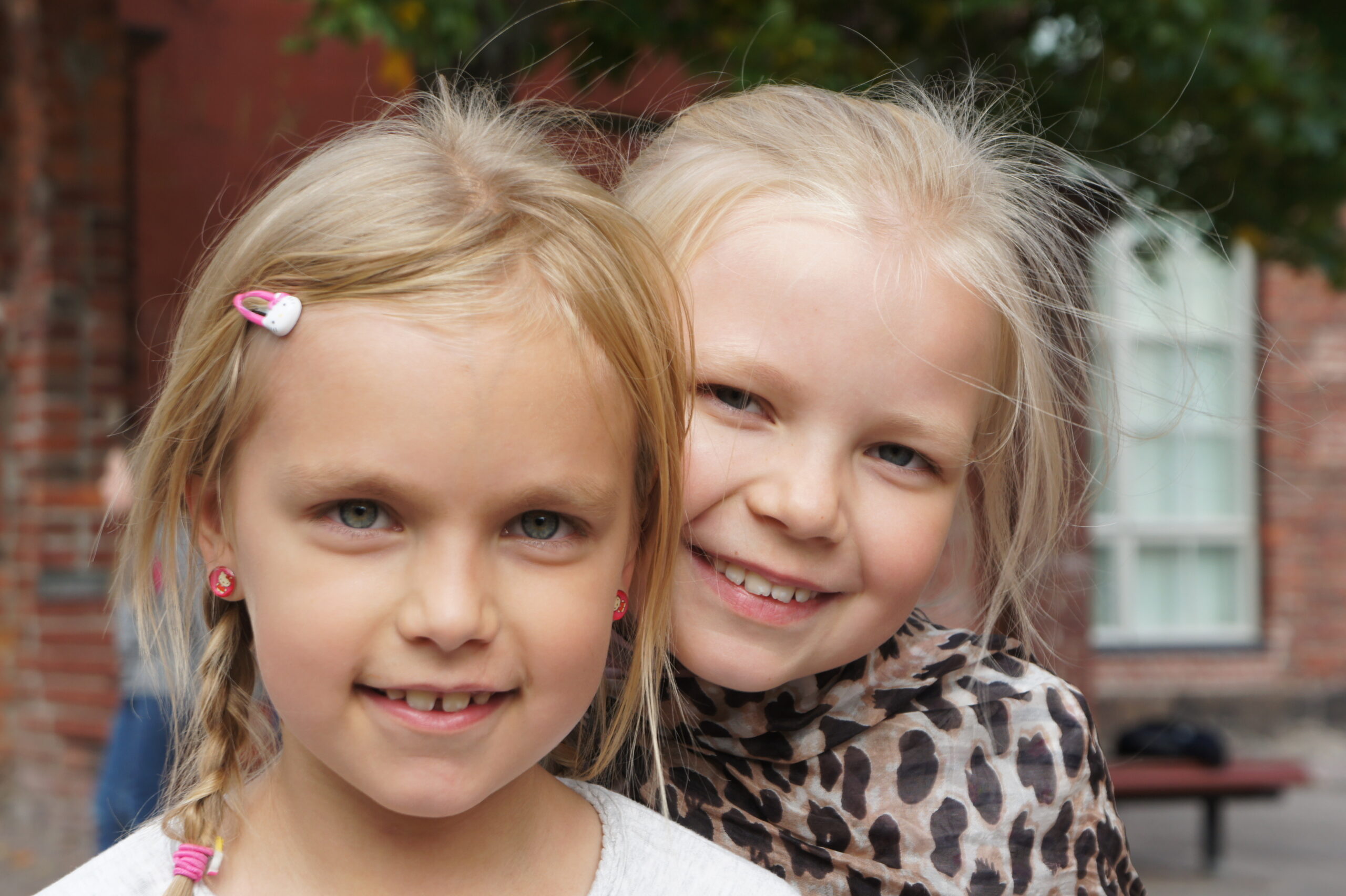
I would like to share my experiences with the crown jewel of the Finnish welfare state: our educational system.
The year a child turns six, he/she must go to pre-school. This pre-primary education bridges daycare with school: there is a daily structure but the focus is still on playing. In the mid-80s, preschool was non-compulsory and I only attended it for a couple of months. When entering 1st grade in mid-August of 1986, I was six years old, turning seven in late November. I did not know how to read or write, nor to do math.
During the 1st and 2nd grade, we learn all of this. We get homework but school days are short and often children attend after-school clubs. The school was just one block from our home, so after school I walked home where my mother was taking care of my younger siblings.
Non-selective, mandatory education goes on for 9 years in total. In the beginning I struggled, mostly because I had a tough time making sense of mathematics. From the 3rd grade onwards, it became easier for me and I started to really enjoy the different subjects: geography and biology, history, Finnish, art, music – and especially English. I started studying English on the 3rd grade, Swedish on the 7th (Finland is a bilingual country with a 5% minority of Swedish speakers – they, in turn, need to learn Finnish at school) and French in 8th grade.
Religion was somewhat tricky because my family wasn’t (still isn’t) Lutheran. Throughout my nine years of basic education, I attended classes teaching Lutheranism (a branch of Protestantism) but felt clueless most of the time: I was neither baptized as a baby nor did I get confirmed at the age of 15 – something that the majority of children did experience at that time, alongside learning about Christianity. This made me feel a little bit like an outsider but as a result, I became very comfortable with being different. The alternative would have been to attend classes on the world’s philosophies and religions. However, this subject was in its infancy in the 80s as Finland was slowly becoming less rigidly religious and more open to the world.
In winter, physical education can take place outdoors: we ski, skate and play ice-hockey. During recess, everyone goes outdoors for a 15-minute break. When it got really cold, I remember that it was mandatory to wear a hat at -5 degrees Celsius and colder. If it got as cold as -30 degrees Celsius, we spent recess indoors.
From the 7th grade onwards, studying became a little bit more serious with longer school days and subjects that we could choose from (I went with French and arts). These were the years when I thrived: school was easy, I loved homework and mostly got graded 9s and 10s. Back then, the grading system was from 4 to 10 (4 was a fail).
When graduating from school at the age of 15, my average grade was 9.7. This allowed me to easily continue to general upper secondary school. I was done with my mandatory basic education but it was clear that I wanted to study more. General upper secondary studies were almost like school but with more selective subjects and much more academic freedom. In my mid-teens, I was not prepared to choose the direction of my studies and ended up struggling with finishing my studies. At 18 years old, I graduated with excellent grades, but was unsure what to do next. I enjoyed many subjects but had no idea what to do when I grew up.
I ended up taking a year off, then studying for 4 months for the entry exam for the University of Helsinki. My hard work paid off and I was accepted as one of the elite students to study Communications at the Faculty of Social Sciences. In addition to my major (Communication Studies), I studied Social Psychology and Social and Economic History. The universities in Finland are highly academic and the goal of the theoretical education is to train us to become researchers.
In Finland, basic education is free. General upper secondary school is free as well, however students must pay for their own school books. For university studies, a student must pay an annual fee of €100.
The Finnish educational system is one of the best in the world, with good reason. Virtually all children (99.7%) finish the 9-year basic education. Pupils get regular health check-ups (medical and dental) and school lunches are free. Most continue to pursue further education, either general or vocational. This results in a population with highly educated individuals, and the system ensures that no one is left behind.
How does Finland’s top-ranking education system work?
However (here comes some critique), this inclusion-ensuring mechanism does not reward individuals who stand out in a positive way. Looking back at my teen years, much of the enthusiasm and potential I had was lost due to not being offered academic challenges. Getting graded 10++ for exams time after time, I could have been selected to do more within the structure of basic education – this might have helped me choose a more robust academic and professional path.
All in all, I consider myself to be extremely lucky to have been offered an education that aims to “support pupils’ growth towards humanity and ethically responsible membership of society and to provide them with the knowledge and skills needed in life.”


